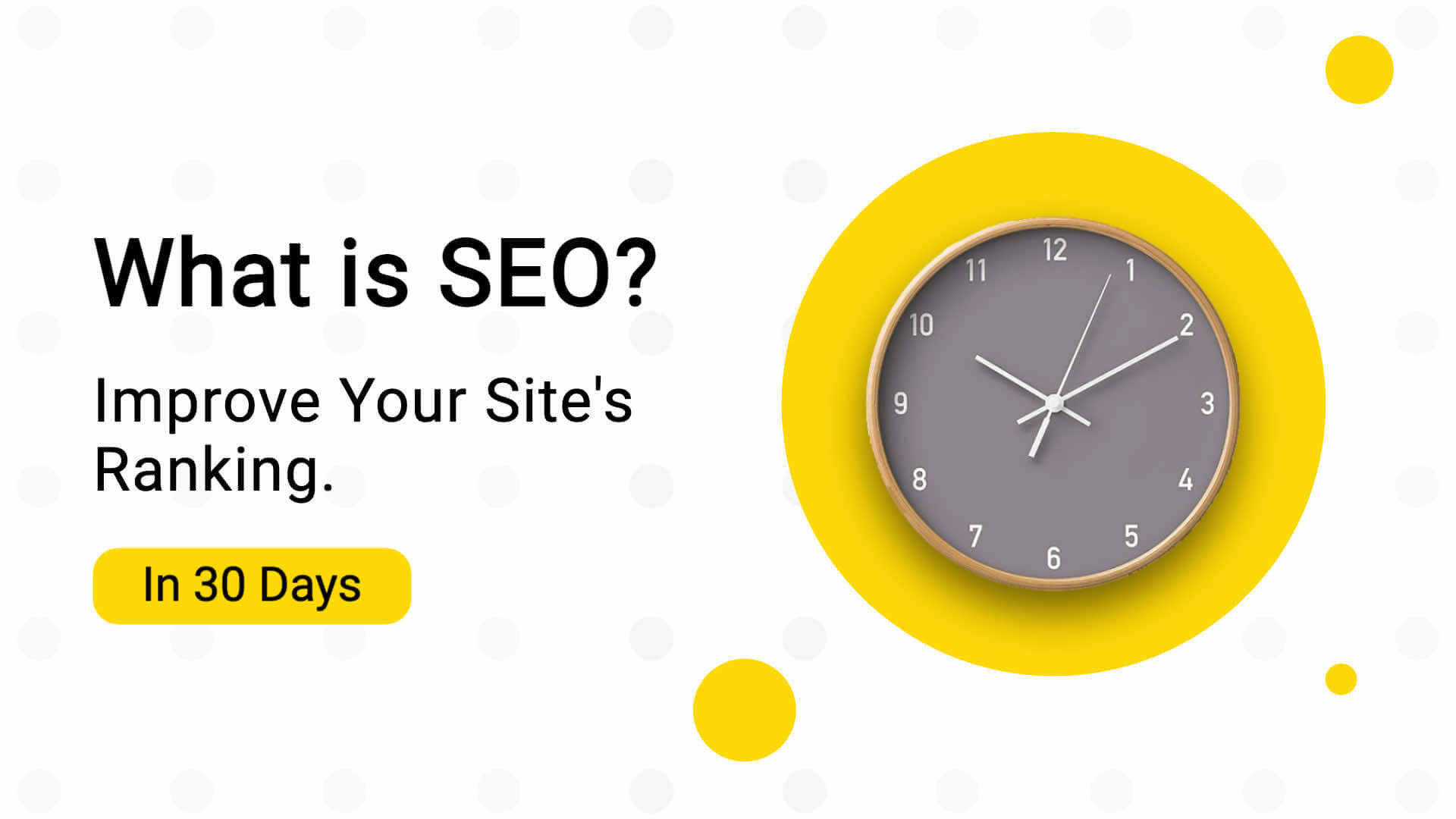Did you know that 87% of users use search engines to find businesses? By understand how to optimize your website SEO, it that allows you to optimize and market your business in search engines.
In this blog, we have covered essential aspects of SEO including its definition, how it works, why it’s important, and some tips on how to get started.
SEO stands for “search engine optimization.” In simple terms, it means the process of improving your site to increase its visibility when people search for products or services related to your business in Google, Bing, and other search engines.
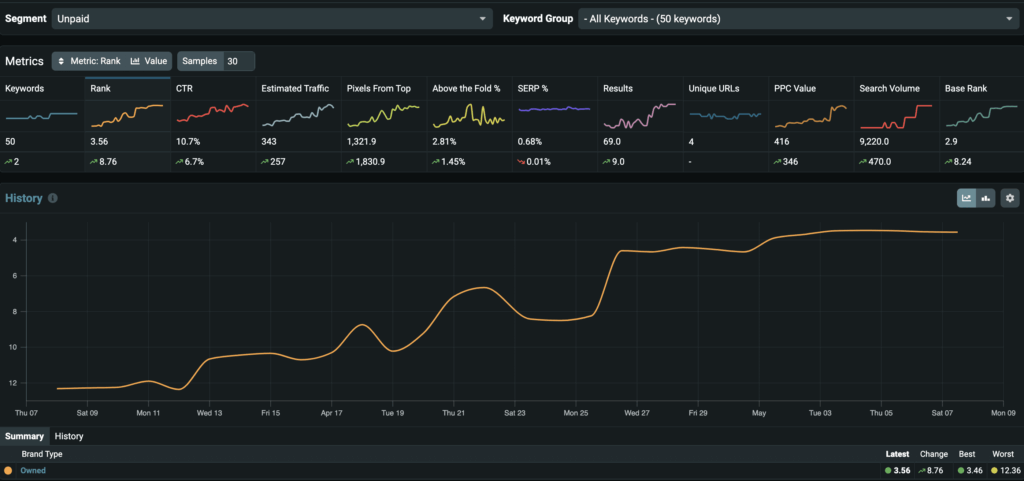
The better visibility your pages have in search results, the more likely you are to garner attention and attract prospective and existing customers to your business.
Simply put, SEO involves making your website as user-friendly and appealing as possible so that it appears higher in search engine results pages (SERPs). Good content is key, but you also need to make sure your site’s structure, on-page elements (title tags, meta descriptions, etc.), and overall design conform to Google’s guidelines.
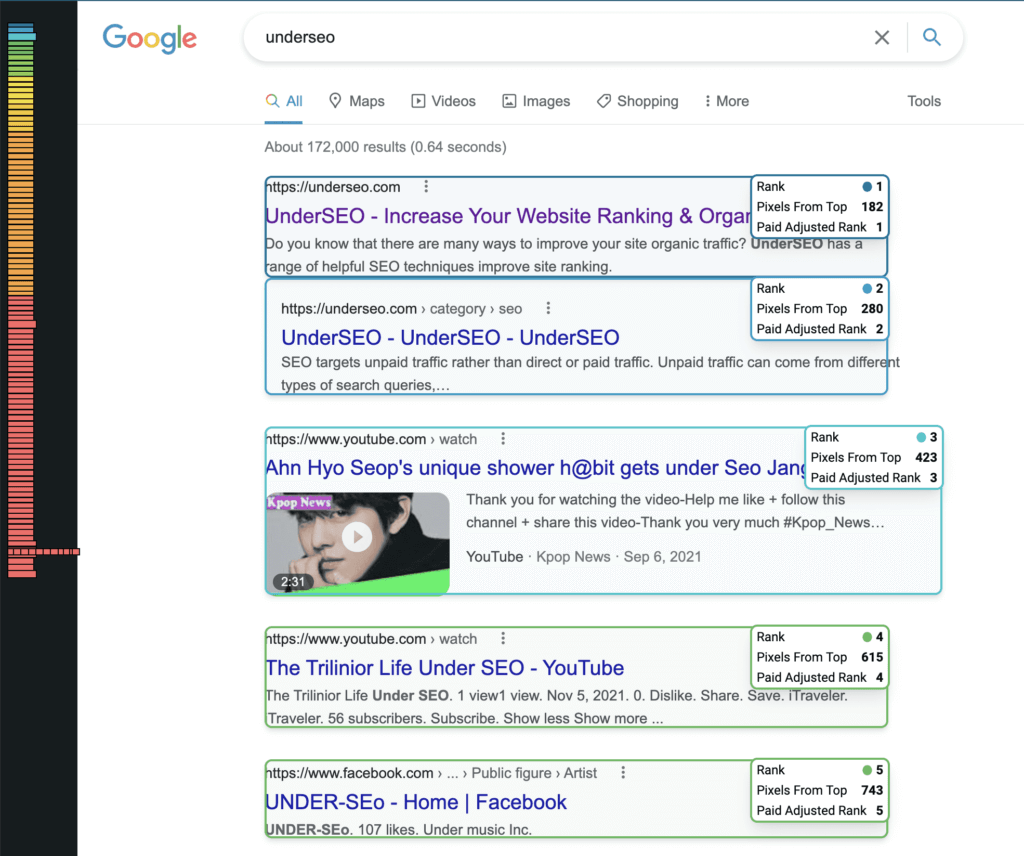
SEO (search engine optimization) is the process of improving the ranking of a website in the search engine results pages (SERPs). This can be done through the use of keyword research, on-page optimization, and off-page optimization.
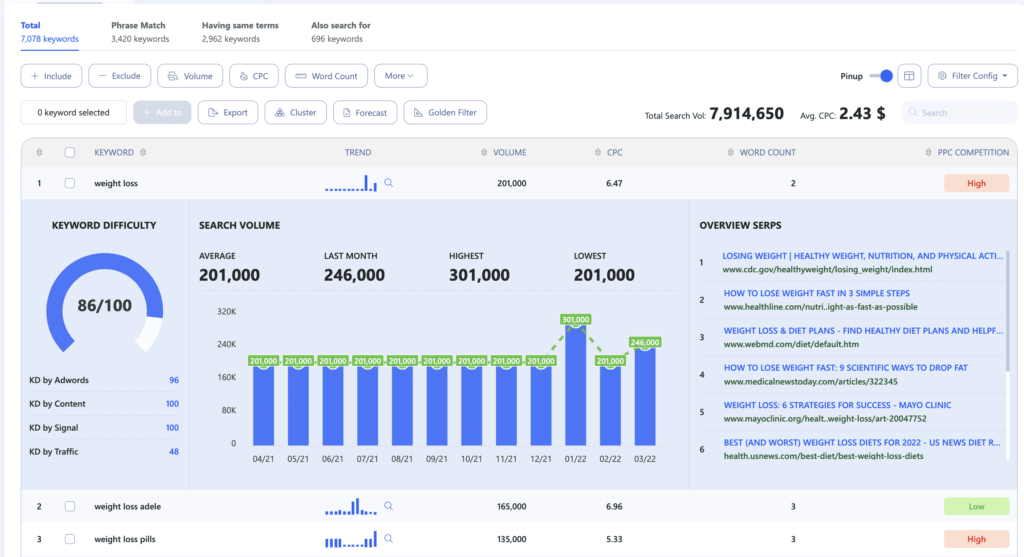
Keyword research
Keyword research is the first step in SEO, and it involves identifying the right keywords to target and how to rank for them. This can be done through various means, such as using a search engine toolbar, scanning Google Trends, or using a keyword research tool like Ahrefs.
On-page optimization involves making sure your website’s content is optimized for search engines, including the use of keyword density, titles, and meta descriptions.
On page SEO
Proxies for aspects of the user experience might be found in SEO success factors. Search bots use this information to determine how well a website or webpage can provide the searcher with what they’re looking for.
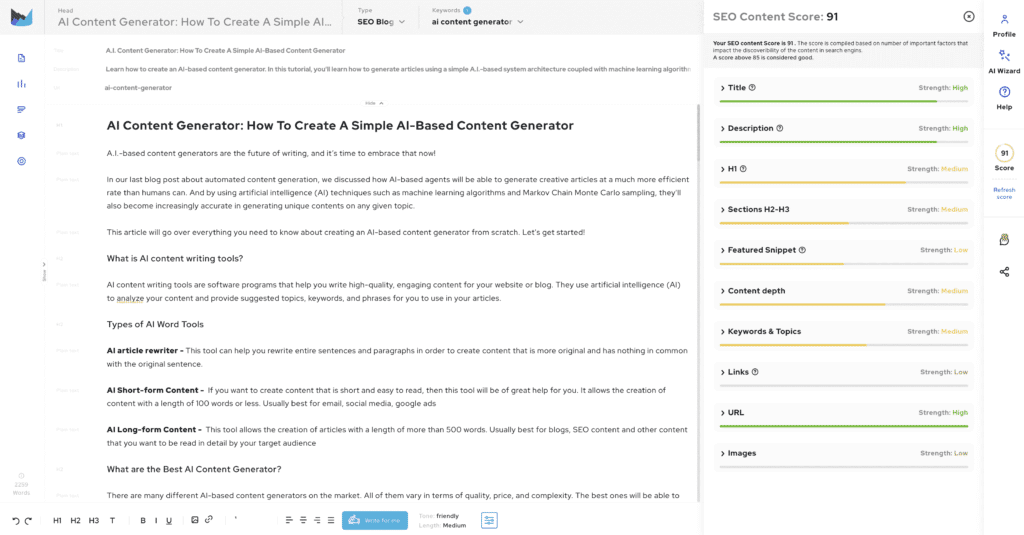
SEO specialists have to put in the effort since paid search advertisements cannot pay search engines to enhance organic search rankings. We are the answer to that question.
Mobile users will be frustrated if they can’t play videos, for example. In mobile search results, poor-quality mobile pages may be demoted or accompanied with a caution.
Full-page interstitials on mobile devices that impede users’ experience are among the examples listed here. All devices will have full functionality.
The user experience is all about the feeling you get from using a website, and it’s the one thing search engines can’t see. It takes experience to be able to tell when something works well or not
Duncan Riley
Off-page Optimization
Off-page optimization involves building links to your website from high-quality websites. This can be done through link building, social media promotion, and article marketing. All of these methods should be used in conjunction with one another to ensure that your website is ranking well in search engines.
SEO is important because it’s the engine that drives organic search (search results generated without any paid advertising). And, as a small business, retaining and attracting online customers may well be your best bet for long-term success.
Search Engine Optimization is a process of increasing the quantity and quality of traffic to your website through organic search engine results.
What are some benefits of SEO?
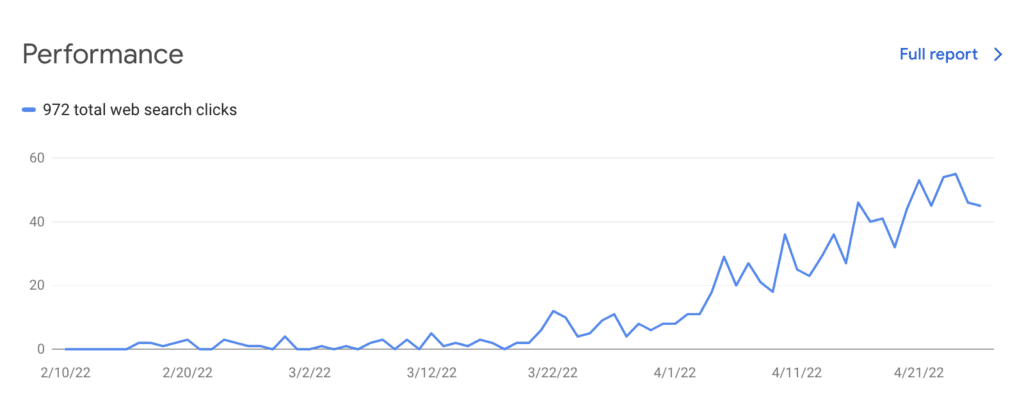
There are many reasons why optimization can be beneficial to a business. For starters, a properly implemented SEO strategy can help to boost traffic and conversion rates by driving more visitors to your site from search engines.
Additionally, good SEO may result in increased brand visibility across various search engines and lead to an increase in revenue due to increased clicks on your ads. Finally, a well-optimized site can make it easier for people who are looking for information related to your business or products (potential customers) to find you online.
SEO Keyword Research & Keyword Targeting Best Practices
When conducting keyword research, it’s important to first understand what your target market is looking for. Once you know this, you can start targeting specific keywords that are most likely to be seen in searches related to your target market.
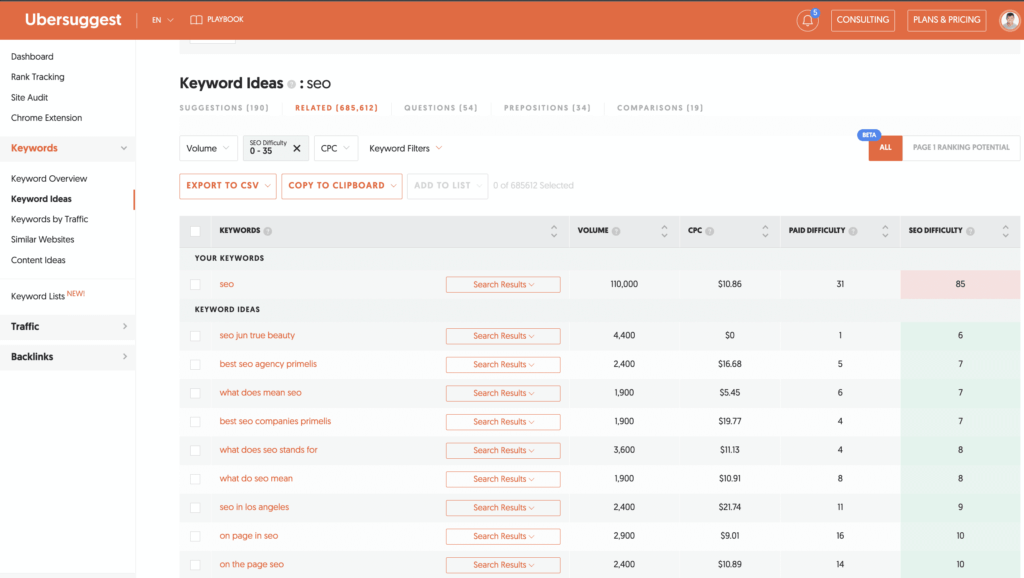
If you don’t have any idea of what keywords potential customers might be using to search for information about your products and services, then it may be a good idea to perform some free Google Ad Words keyword research. This will allow you to learn about the keywords that are most effective for driving traffic to your site from search engines.
Once you have a list of target keywords, it’s important to decide which ones should be used in your SEO strategy. For example, if you plan on using Google AdWords ads, then it may be best to focus your campaign on relevant keywords that appear in the ad titles and descriptions.
On-Page Optimization for SEO
Once you have targeted your keywords and created effective ad campaigns, it’s time to take care of the on-page optimization (OSO) for your site. This includes things like creating helpful content that is optimized for search engines, using keyword Rich titles and descriptions, and installing Google Analytics to track how users are interacting with your website.
By taking these steps, you can ensure that your SEO strategy is properly implemented and that you are receiving the most benefit from your efforts.
Title Tags
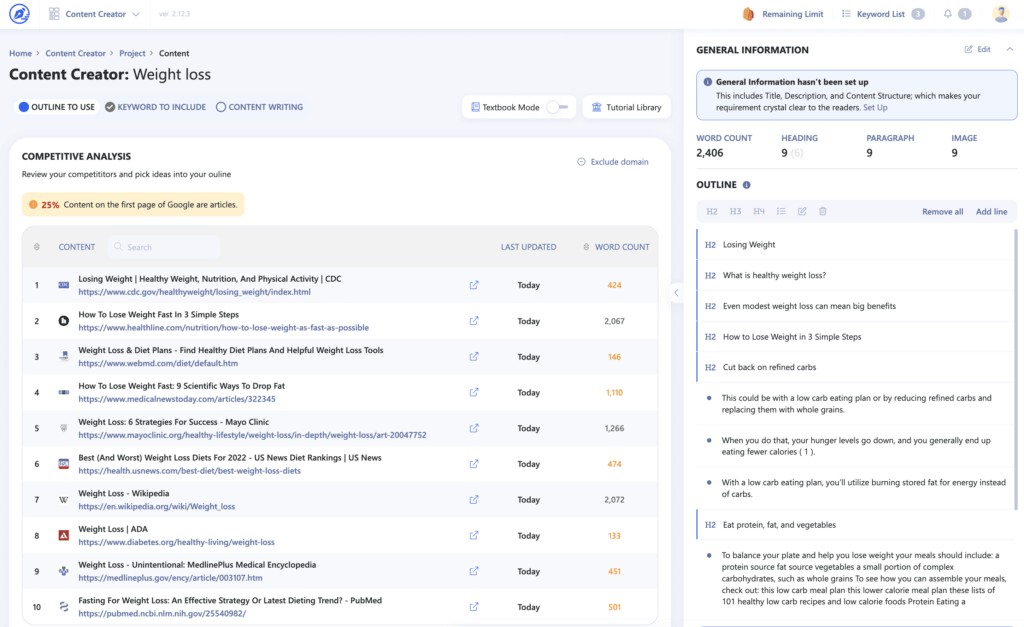
When you create your pages, the first thing you should do is add title tags. Title <h1> tags are a key part of the on-page optimization process because they play a role in how search engines rank your page.
Title Tags should be between two and 16 words long, and they should include all of the following:
1. The name of the website or blog (e.g., “Website Name – Home Page”) 2. The name of the article or post (i.e., “How to Raise Your Website’s SEO”)
3. The main keyword(s) used in the title
4. A brief, one-line summary of the content
5. A link to the full, detailed article or post
Example Of Tittle
Example Title Tags are a huge part of the rankings and they are a major factor in driving traffic. The title of your page is a very important factor in the SERP, so make sure that it is descriptive of your page. If you have a page about kitchen appliances, your title tags should say something like: “Kitchen Appliances: Best Kitchen Appliances for 2017.
Meta Descriptions
Meta descriptions are another important part of on-page optimization. They should be between 500 and 70,000 characters long, and they should include the following:
1. The name of the website or blog (e.g., “Website Name – Home Page”)
2. The main keyword(s) used in the title
3. A sentence or two about what readers can expect from reading the content
4 A link to a full description
5 About Me section (optional)
Title Tags and Meta Descriptions should be included in all of your pages, although the formatting may differ depending on the article or post. It is important to use consistent tags and descriptions across all of your content so that search engines can more effectively rank it.
In addition to title tags and meta descriptions, you should also include a favicon (a small icon next to your URL that identifies you as a website)
Example Of Meta Descriptions
Meta descriptions may be any length, but Google typically truncates them to between 50 and 160 characters, so we suggest leaving them between 50 and 160 characters.
Meta descriptions should be long enough to be descriptive and are the most important part of the page. The title is the most important part of a page, but meta descriptions can help search engines determine whether or not your page is worth showing on their results page, and they’re also designed to help your page get more attention from your users.
Body Content
The body content of your pages should be well-written, keyword rich, and engaging. You can use a mixture of images, videos, quotes, and anecdotes to break up the text and add interest.
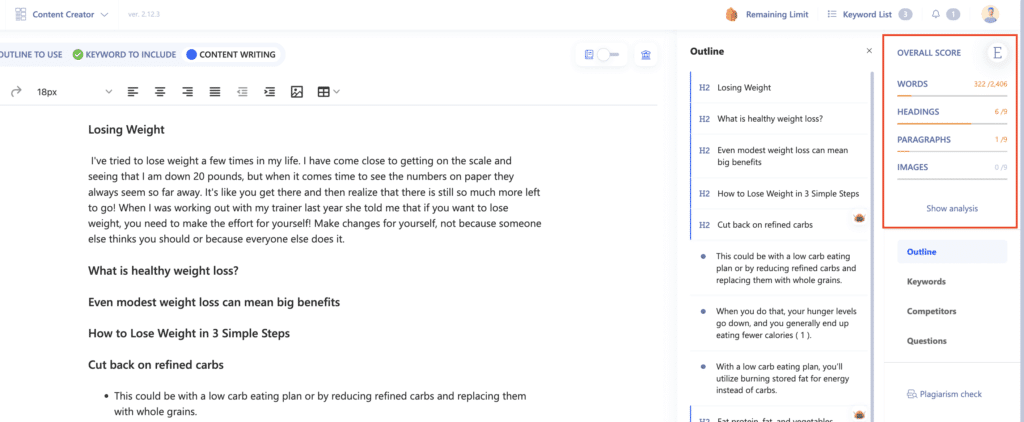
To write best content for SEO, you can use best Ai Writing Assitant, it help you analysis on page SEO factors.
You should also include a “Contact Me” or “Leave A Comment” section at the end of each article or post. This allows readers to contact you or leave feedback directly. It also gives you an opportunity to include a “About Me” section, if you want.
One of the best ways to increase your website’s SEO is to provide additional resources for readers.
This includes everything from helpful tips and cheat sheets to in-depth articles on specific topics. If you can offer something valuable that other websites don’t have, chances are search engines will rank your content higher than those sites.”
Example Of Body Content
Example Body Content: Important Keyword Words in your website’s content can help your users (visitors) to search your site more easily, and when they do they might be interested in what you have to offer.
If you’re wondering what keywords to include in your website’s content, here are five important ones to keep in mind: -Visitors should be able to find what they’re looking for on your site easily.
- Make sure that the keywords you choose are relevant to the topic of your website.
- Try using synonyms and plurals of your chosen keyword(s) as well. This will help Google understand how many different pages on your site might be about that particular topic.
- Think about how you can incorporate your chosen keywords into the text of your posts, pages, and even images.
For example, if you’re a blog owner and want to include keywords in the headline of each post, try including “keyword” in front of the relevant phrase (e.g., “How To Use Keyword-Rich SEO Titles”). Not only will this help you rank for the keyword in question, but it will also gently encourage your readers to click through to your posts.
If you’re interested in learning more about how Googlebot crawls and indexes websites, be sure to check out our blog post on the topic .
URL Structure
A good URL structure is one that’s easy to remember and find, and one that’s easy to read and understand. A good URL should be short, include a word that describes what the website is about, and should not be full of unnecessary words or characters. Avoiding keyword stuffing too, is another important factor in a good URL.
For SEO purposes, it’s important that the URLs for your pages are short and easy to remember. Using the URL structure or URL schema is one of the major tools you can use to make sure URLs are SEO friendly. There is a lot of debate regarding the URL structure of your site, some say that using the URL structure is a waste of time, others say it is the most important thing when it comes to SEO.
Example Of URL Structure
The following are some of the most common URL structures:
Blog: blog/entryname
About Us Page: about/about-us
Contact Us Page: contact/contact-us
Main Page: main/homepage
Schema & Markup
To make URLs easier to remember and use, you can also include Schema & Markup in your pages. This is a great way to add structure and clarity to your pages without having to using UCDNs or GSRIs.
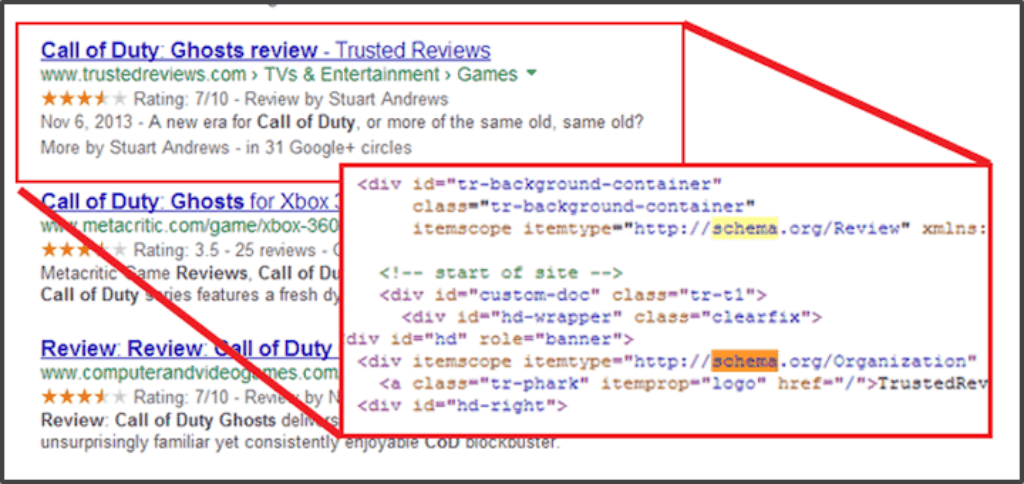
Schema markup is typically used for things like page titles, headings, content tags, etc. You can use these tags anywhere on your page so that users know exactly what they are looking at. For example, a page title might be marked up with the <h1> tag.
Schema markup is an advanced level SEO technique that allows search engine crawlers to provide rich information to users even before they visit the website, and it aids in improving the CTR (Click Through Rate) and conversion rate. It was first used on August 20, 2018.
Examples of Schema & Markup
This helps Google crawl understand that the page contains a bike, its cost, and customer reviews, for example, if you’ve got an online store and markup each product page. For relevant queries, your website may show that data in the search results snippet.
Schema.org (also known as schema) is a semantic vocabulary of tags ( or microdata ) that you can use in your HTML to improve the way search engines read and create pages. It makes it easier for engines to find and use the right data to display the right content.
The following are some of the most popular Schema & Markup tags:
A URL (such as http://schema.org/tech) is used to specify an item type. Let’s say that your site was dedicated to beauty products.
The URL of your site must be about product you refer to https://schema.org/Product, you can test Rich Results Test.
Starting out as a content writer can be daunting, but with the right tools and guidance, the process can be a lot easier. In this SEO tutorial for beginners, we will walk you through the basics of SEO and how to get started.
We will also provide tips and tricks to help you improve your writing style and create engaging content that will rank high in search engines. So, if you are new to content writing or SEO, be sure to check out this guide!
Getting started with SEO can be a daunting task, but with a bit of planning and organization, it can be a rewarding experience. This tutorial provides a step-by-step guide that will get you started on the right track.
Keyword Research
First, you will need to come up with a keyword target for your website. Once you have identified your target keyword, you need to research which search engines are the best for ranking with that keyword.

You can use tools like Google AdWords Keyword Planner or Moz’s Keyword Explorer to find out which keywords are the most popular and have the highest potential for growth.
Create Content
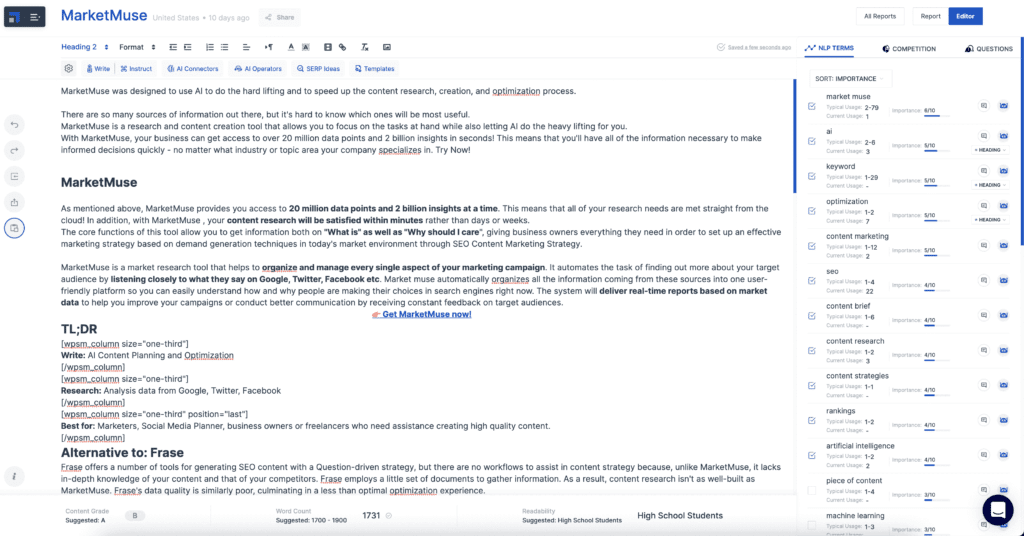
Once you have identified your target keywords, you need to create high-quality content that is optimized for search engines. This means including your target keyword in the title, in the body of the article, and in the meta data (information about the article).
Additionally, make sure to include keywords in your social media posts and website descriptions.
Optimize Content
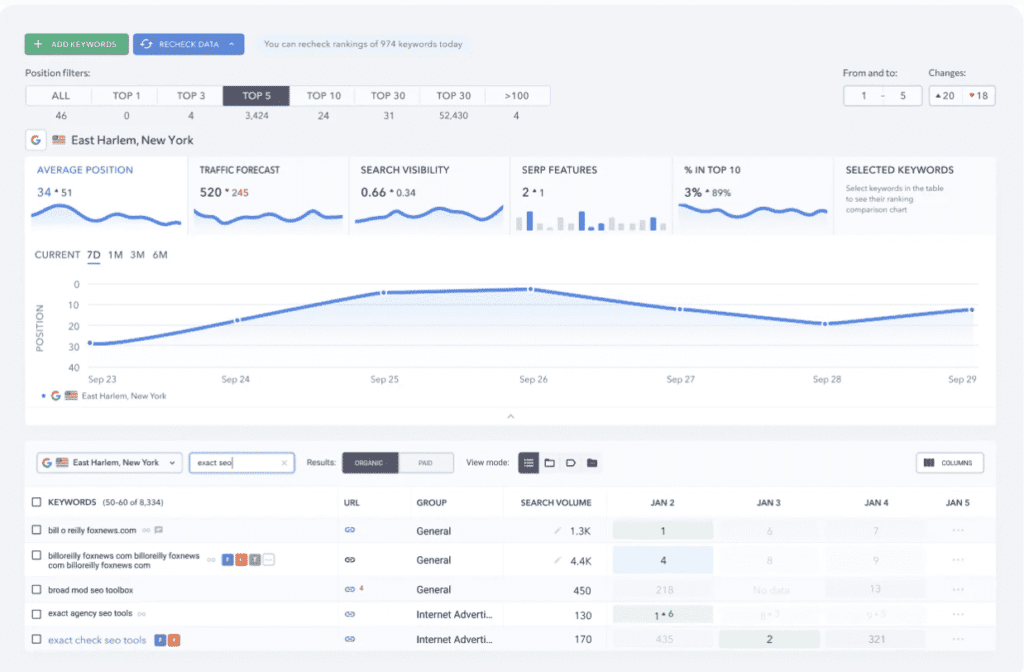
Finally, continue to optimize your content for search engines using techniques like keyword research and backlinking. To check keyword ranking you can use rank tracking software or Google Search Console.
By following these steps, you will be on the right track to success with SEO!
SEO is an important part of any website’s marketing strategy, and it is critical that you stay up-to-date with the latest trends and techniques. In this article, we have compiled 8 best SEO tips that will help your website drive traffic.
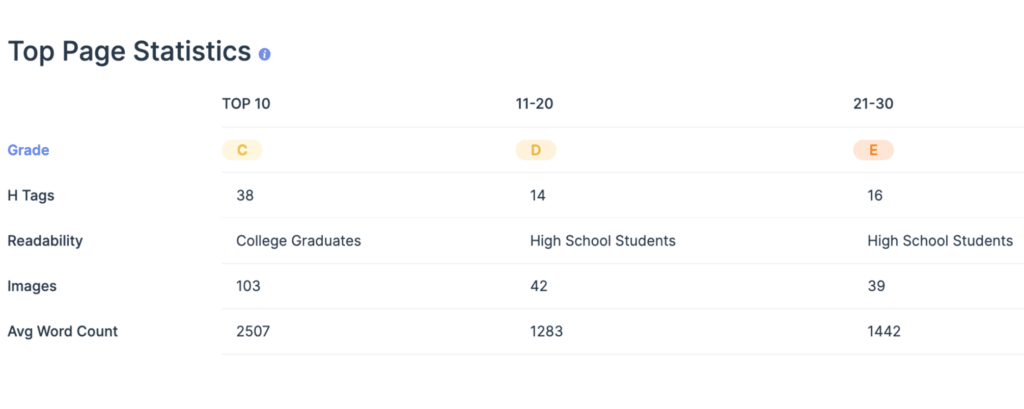
1. Make sure your site is well designed and looks professional. Poorly designed sites can damage your ranking in search engine results pages (SERPs), and this will hinder your ability to attract visitors.
2. Use keywords throughout your content to help improve your ranking. Keyword placement is one of the most important factors in SEO, and it is important to choose the right keywords for your site and high quality content.
3. Install Google Analytics 4 to track your website’s traffic. This will help you to identify which areas of your website are most popular and where you can focus your marketing efforts.
4. Always keep your website updated with the latest SEO techniques and changes in Google’s algorithm. This will help you to rank higher in search engine results pages (SERPs).
5. Backlink your website with high-quality websites that share similar SEO tactics. By doing this, you can improve your site’s ranking and increase traffic flow.
6. Use Social Media to Reach New Audiences. SEO is not only about ranking high in search engine results pages (SERPs); it is also about building relationships with potential customers. Effective SEO requires a strong online presence, and social media is an excellent way to build relationships with target audiences.
7. Use Pay Per Click (PPC) Ads to Drive Traffic. When you use PPC ads, you can generate targeted traffic that will help your website grow in popularity.”
8. Evaluate Your Website’s Rankings Regularly. It is important to stay up-to-date with changes in Google ‘s algorithm and to regularly evaluate your website’s rankings. This will help you to stay on top of the latest SEO techniques and ensure that your site is generating the best possible traffic flow.
What SEO means?
SEO is short form for search engine optimization, and it is a process that can be used to improve the ranking of a website in search engines.
By optimizing the content on a website for search engines, you can improve the visibility of your site and increase the chances of attracting visitors from the search engines.
There are a number of ways that SEO can be executed, including writing quality content, constructing effective search engine friendly URLs, and optimizing the website for different search engines.
It is important to stay up-to-date with the latest SEO trends to ensure that your site is performing as best as it can.
Additionally, it is important to maintain a good relationship with your SEO consultant to ensure that your site is being optimized in the most effective way possible.
What is SEO in marketing?
Seo (Search Engine Optimization) is the process of improving the visibility and ranking of a website in search engines.
By optimizing your website content, on-page elements, and links, you can ensure that your website is easily found by potential customers. This can lead to increased traffic and revenue, which is why it is an important part of any online marketing strategy.
There are many different ways to optimize your website for search engines, and the most effective approach depends on the goals of your business. Some common goals of SEO include increasing website traffic, improving website rankings, increasing conversion rates, and increasing brand awareness.
To achieve these objectives, you will need to employ a combination of tools and techniques, including keyword research, on-page optimization, link building, and content marketing.
While there is no one-size-fits-all approach to SEO, following a systematic plan and using effective tools will help you to achieve your desired results.
How do you SEO a website?
One of the most important steps in SEO is creating high-quality content. This can be anything from blog posts to articles to videos.
Content that is well-written, SEO-friendly, and engaging will be more likely to rank high in search engine results pages (SERPs). Additionally, using keywords and other optimization techniques in your content will help to drive traffic to your website.
To start, you will need to conduct keyword research to identify the right keywords and phrases that are relevant to your business and target audience. Once you have identified your top keywords, you can begin to include them in your content in a way that is both natural and interesting for your readers.
You can also create relevant social media posts and articles that are tailored to reach your target audience. Finally, use the various search engine optimization (SEO) techniques available to improve your website’s ranking in the search engines.
What is SEO in social media?
SEO in social media is the process of optimizing a website or social media account for higher search engine ranking. This can be done through the use of targeted keywords, improving the quality of the content, and building links to the website or social media account.
By optimizing a website for search engines, you can increase the visibility of your content and make it more likely to be found by potential customers. This can lead to increased traffic and conversion rates, which can ultimately help you grow your business. Additionally, by improving your social media presence, you can create a more favourable image for your business and attract new customers and followers.
By targeting your keywords and content wisely, you can create engaging and interesting content that is likely to be searched for by potential customers. This can help to draw attention to your website and social media account, leading to increased traffic and conversion rates.
How many seo keywords should i use?
One primary keyword for each page, you can use that keyword in the title, the meta description, and the content. If you have multiple keywords, pick a primary keyword and then use the others as secondary keywords. To keep the keywords relevant, use the same keywords in the content but use more specific versions of the keyword where possible.
You should have the following in hand before create content:
– 1 primary keyword
– 1-2 relevant secondary keywords
– 1-2 competitive keywords
– 1-2 strong anchor text
How seo optimize your website?
SEO is the process of making your website accessible to search engines. It is a way of ensuring that your website is easily found by potential customers. This process will help you improve your search engine ranking.
You can use a variety of tools to improve your search engine ranking, but you should use the best tools for a long-term plan. You can use different tools to improve your website’s visibility, but only the best tools will help you achieve good results in the long term.
SEO is an essential part of online marketing.
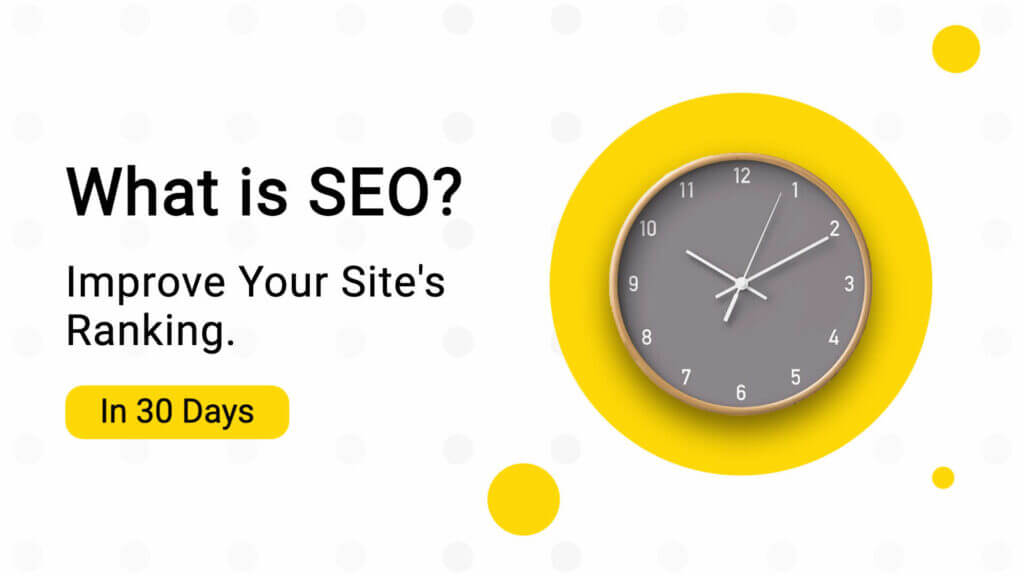
Even if you’re not trying to rank for specific keywords, optimizing your website for better search engine visibility is crucial for increasing traffic and ranking higher in natural search results. In this blog post, we outlined what SEO is, how it works, and why it’s so important.
We also included a helpful tutorial outlining the 3 steps to gaining better SEO on your website. Finally, we rounded up 8 best SEO tips to help you drive more traffic to your website!
Do you have any questions about SEO that we didn’t cover in this post? Let us know in the comments below and we’ll be happy to answer them!

